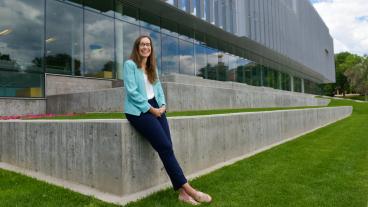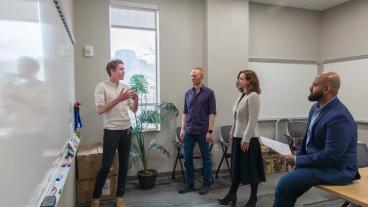Division of Economics and Business Professor Graham Davis contributed to the special report, “Commodities are not always bad for you” featured in The Economist.
From the story:
Economists may have missed the blessings of natural resources because they were looking in the wrong place. Oil, gold, copper and other endowments may add to the level of GDP but not its growth rate. Imagine, for example, a $100bn economy growing at 1% a year. Suppose it suddenly discovers a big platinum deposit, which yields a steady additional income of $100bn, year in, year out. That would double the country’s GDP to about $200bn, much to the benefit of its people. But it would also halve the country’s growth rate, because now half of this $200bn economy is growing at 1% and the other half not at all.
Graham Davis of the Colorado School of Mines calls this phenomenon “resource drag”. In South Africa the mining and quarrying industry has been growing more slowly than the economy as a whole since 1980, dragging down South Africa’s overall GDP growth by about 0.4 percentage points. But having both the resources and the drag is still better than having neither.



